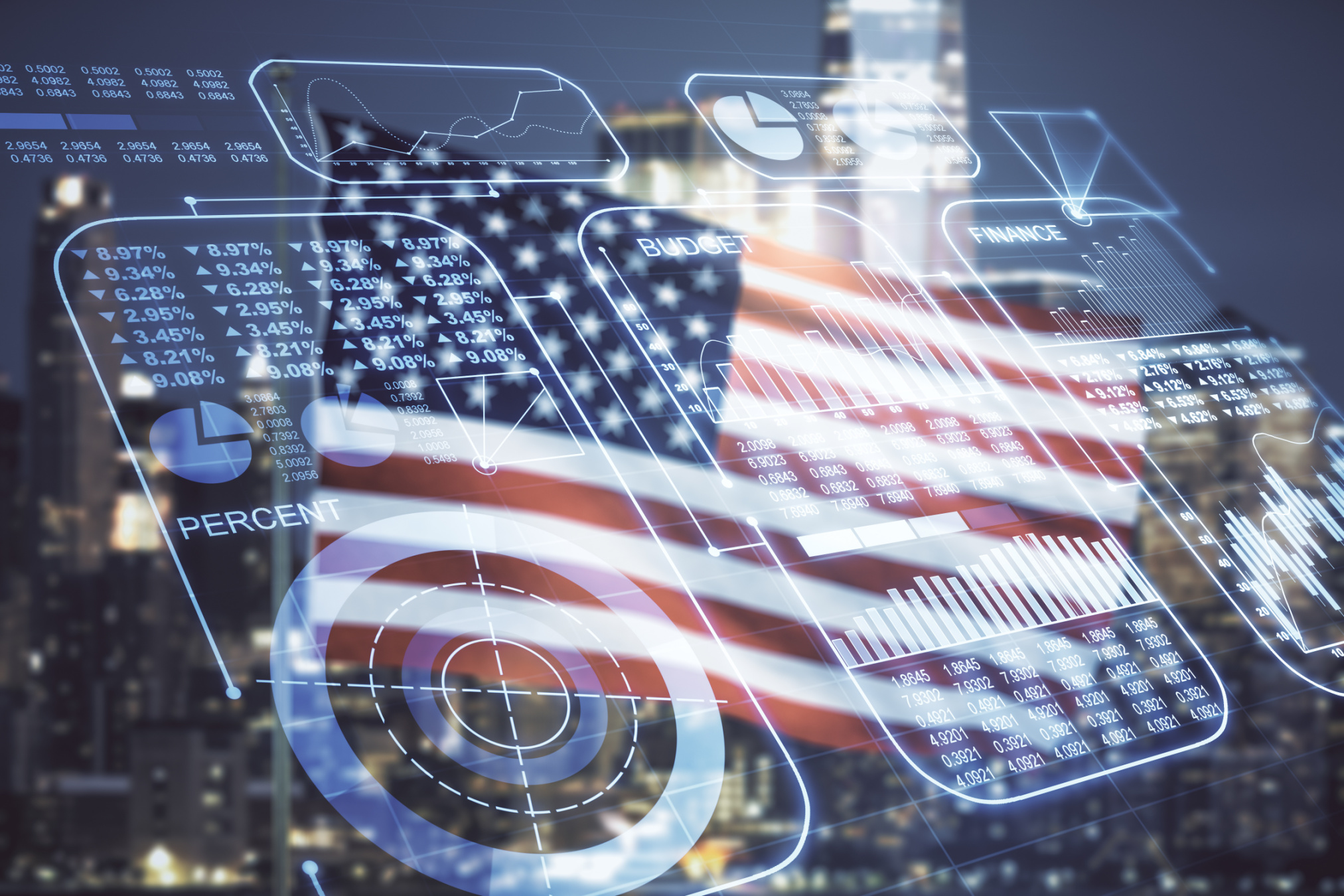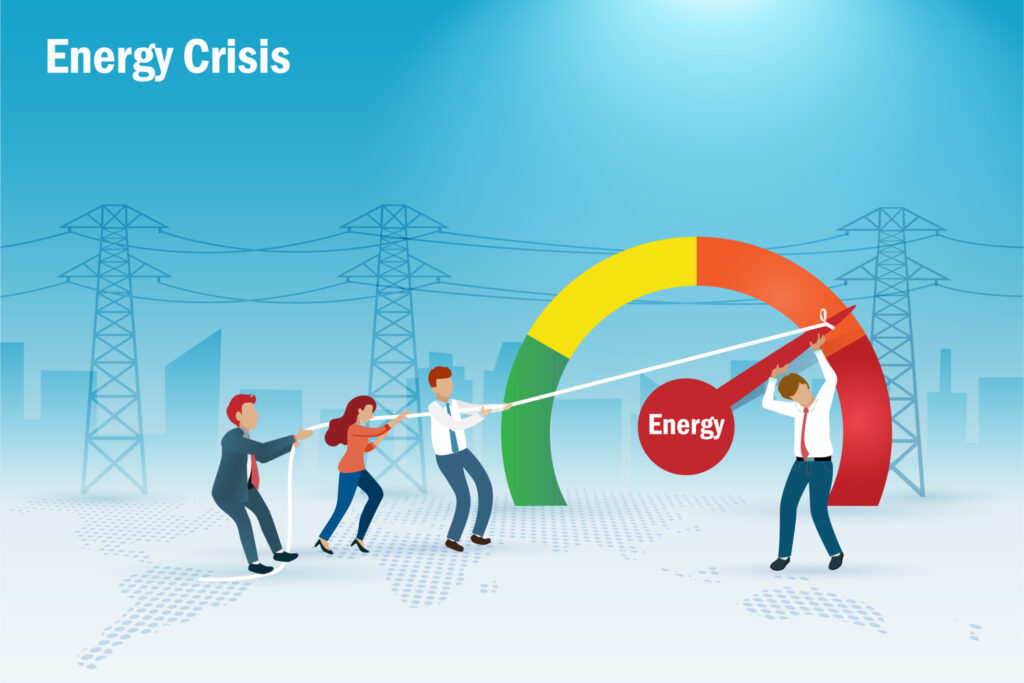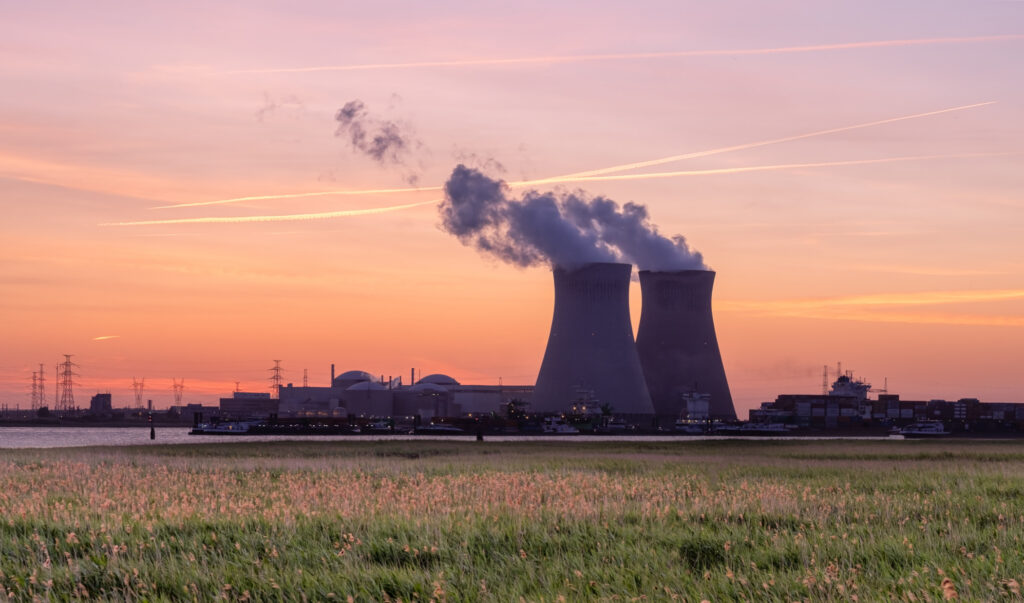
In my last column, I made the case that energy security was inextricably linked to our national security and also that strategic investments in our existing energy infrastructure while developing new renewable sources was critical to protecting our global interests here at home and abroad. By the same token, strategic investments in our national security if done properly can simultaneously protect our country while building our communities. Energy, economic and national security are completely interdependent.
As we are reading in the papers every day, one of the major looming threats to our domestic economy is the pending workforce disruption caused by the proliferation of Artificial Intelligence (AI). AI’s capacity to automate tasks raises concerns about job displacement, particularly for administrative, clerical, and entry-level positions. Recent data from Goldman Sachs already shows early signs of hiring slowdowns in the tech sector for younger workers, where tasks are easiest to automate. These are disturbing developments particularly in light of our need to compete in the global technology marketplace. Policymakers need to recognize this and do all they can to cultivate not only the tech sector but the manufacturing sector that puts that tech into real world applications. Fortunately, the White House recognizes this, and other policymakers should follow suit.
Following his election in November 2024, President Trump re-engaged his initiatives to expand and reform labor apprenticeship programs. This builds on efforts during his first administration and introduces new directives aimed at preparing the workforce for changes in industries like artificial intelligence and advanced manufacturing. In April 2025, the president signed an executive order, “Preparing Americans for High-Paying Skilled Trade Jobs of the Future”. This order directs the Departments of Labor, Education, and Commerce to develop a plan to reach and surpass one million active apprentices annually. The plan emphasizes expanding Registered Apprenticeships into new and emerging fields, including technology, AI, advanced manufacturing, and construction. And that’s where our economic security back here at home comes into play. Technology-based manufacturing holds many of the keys to maximizing the benefits of a skilled labor force and minimizing the disruption that those same technological advances may cause.
Domestically, infrastructure investment is the key to building a skills-based workforce. For example, Siemens USA, is a global technology company focusing on industry, infrastructure, transport, and healthcare. It provides solutions for electrification, automation, digitalization, and software, helping businesses and industries digitally transform to become more efficient. They are a model of bringing technology from the data lab to the factory floor and creating real jobs for real workers in communities across the country. And what are those factory workers building? Electric grids, data centers, rail lines, high-speed trains, medical technology – you name it. And while they are building our cities and towns, they are building economic security for their workers’ families and communities. If you want to protect our workforce from the looming disruption of technological advancement, then lean into it. Leverage that technology to “build baby, build”. That is how we simultaneously make smart investments in our economy and workforce.
The same principle applies when looking outside our borders. Through smart investment, we can secure our national security and our economic security at the same time. For example, Lockheed-Martin’s F-35 program was developed as part of the Joint Strike Fighter (JSF) program, intended to replace a wide range of aging fighter and strike aircraft for the U.S. Air Force, Navy, and Marine Corps, as well as allied nations. Designed for multi-role combat, it is considered the most lethal fighter aircraft in the world. Here at home, the F-35 program has a $72 billion annual economic impact supporting over 270,000 jobs in the U.S. through its operations, supply chain, and consumer spending. This includes direct jobs, jobs from suppliers in nearly every state, and induced jobs from consumer spending linked to the program’s activities. The program’s long-term nature as the Department of Defense’s largest procurement effort provides decades of economic activity and contributes to strengthening U.S. and allied capabilities. I can’t think of a better program that puts the bad guys across the globe on the run and the good guys here at home to work. Doing good and doing well at the same time.
This past June, the U.S. Global Leadership Coalition released a report entitled, Economic Security is National Security. The coalition counts among its advisors former Secs. of State James Baker and Condoleezza Rice, former Homeland Security Sec. Tom Ridge and former Trump National Security Advisor Robert O’ Brien. Their report finds that, “now is the time to understand the link between U.S. national security and what’s at stake for our economic security. This includes how we engage in economic statecraft to create American jobs, strengthen supply chains, bolster infrastructure in emerging economies, leverage technology and diplomacy, and ensure the U.S. is setting the rules of the road on everything from trade to energy to artificial intelligence”. Seems like pretty sound advice.
Paraphrasing FDR, we need not fear disruption itself, we need to fear our failure to seize the opportunity the technological revolution offers us. The real task is not creating the technology in the first place – it’s putting it to use in a way that protects us here at home and abroad. Whether it’s producing the next generation of power generation, transportation, or military superiority, security is the key – whether energy, economic or national. Build baby, build.
RECENT










BE THE FIRST TO KNOW

More Content By
Joe Kefauver










